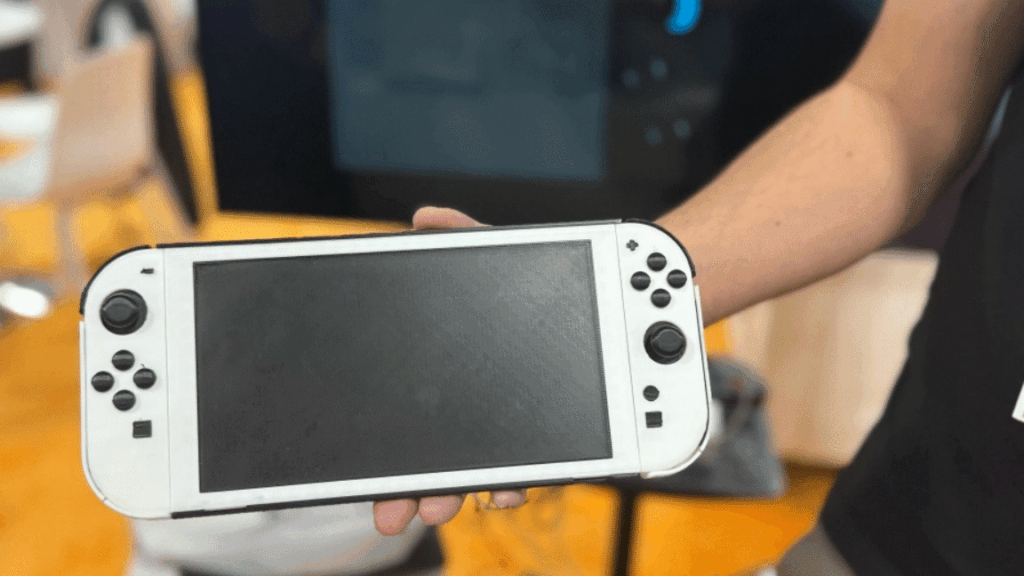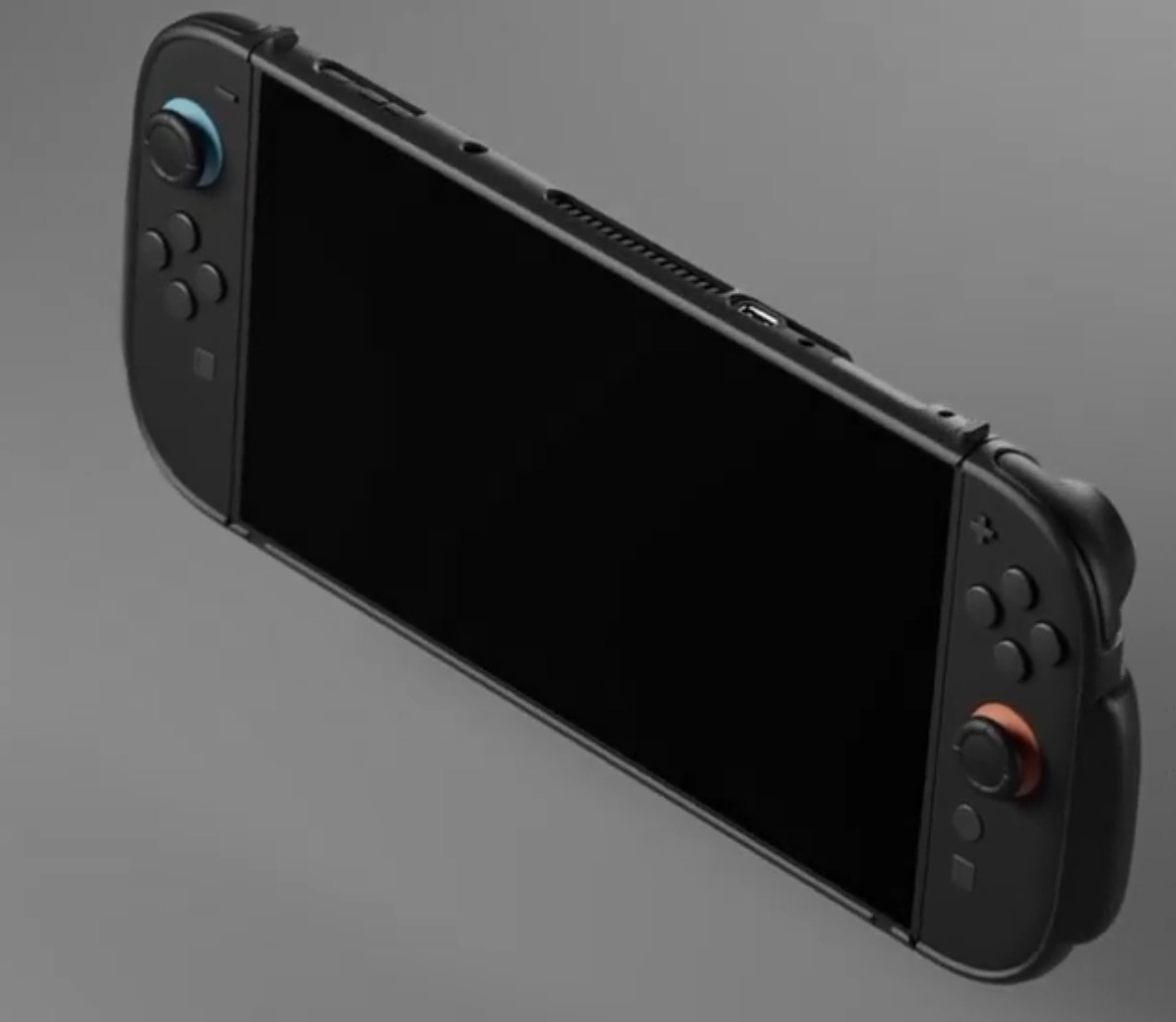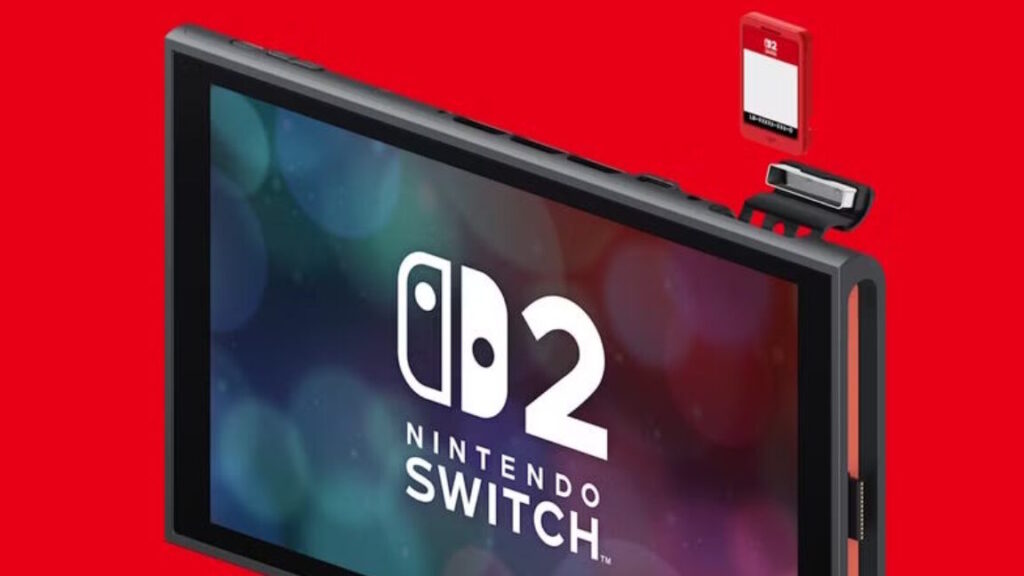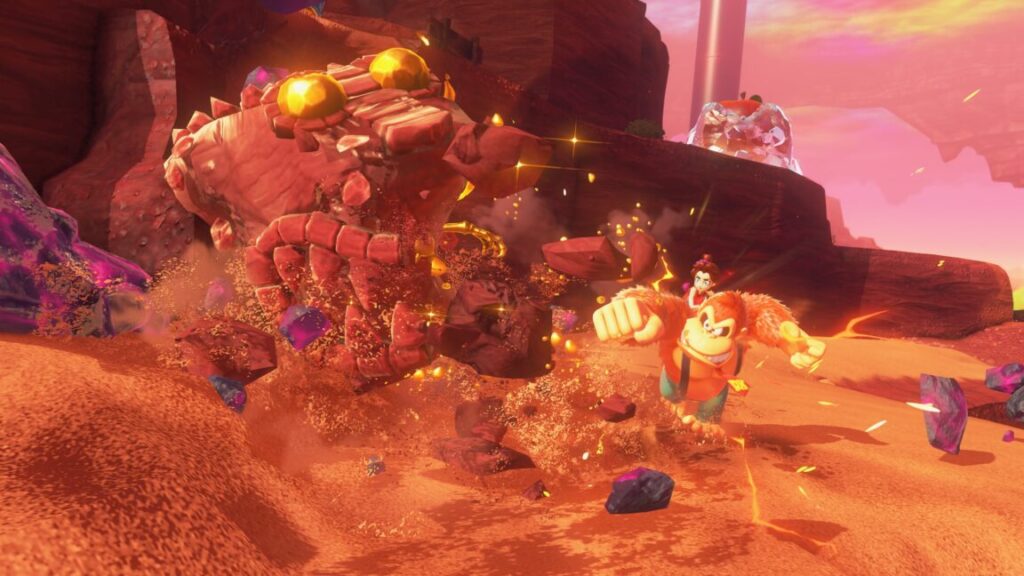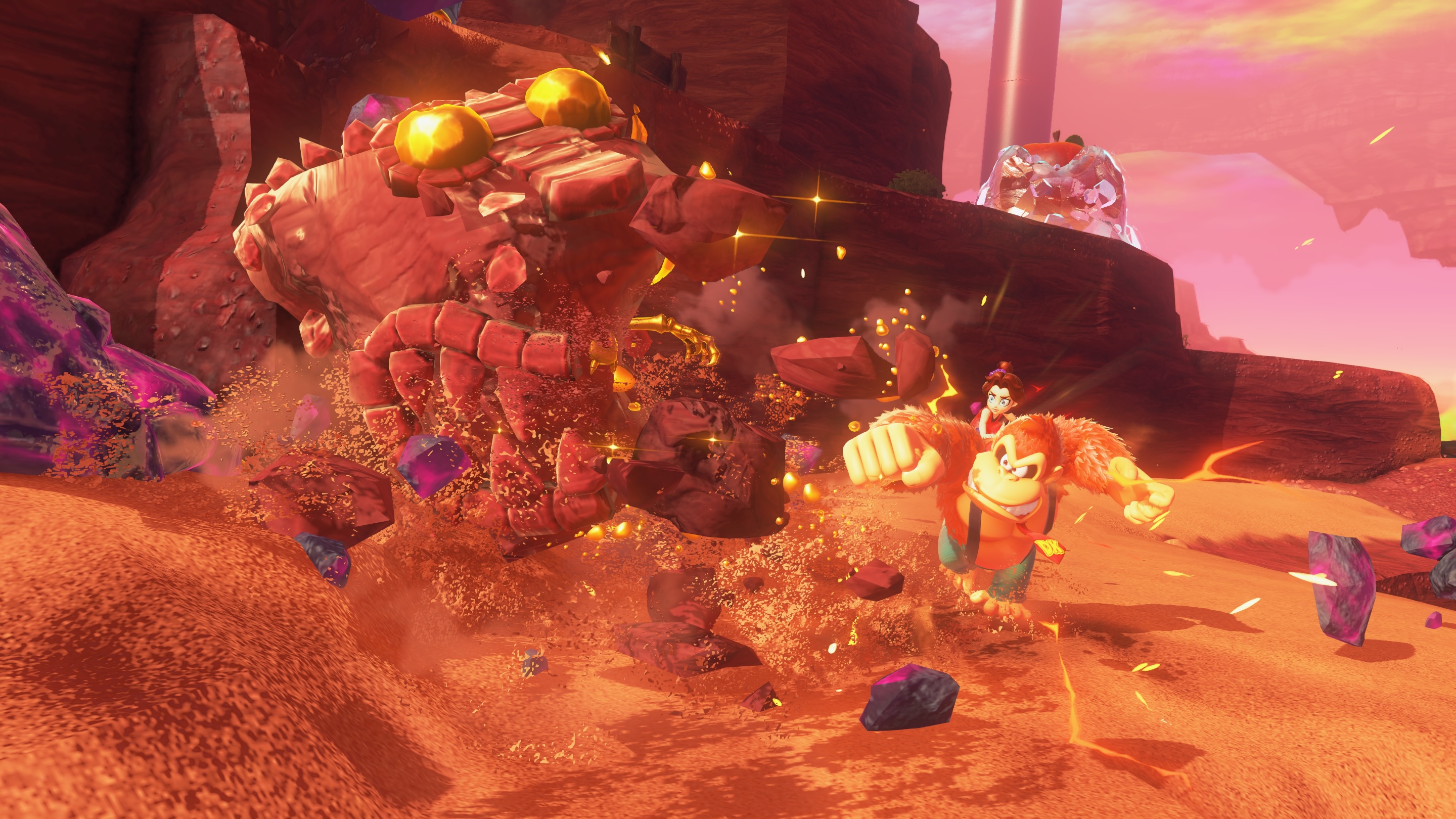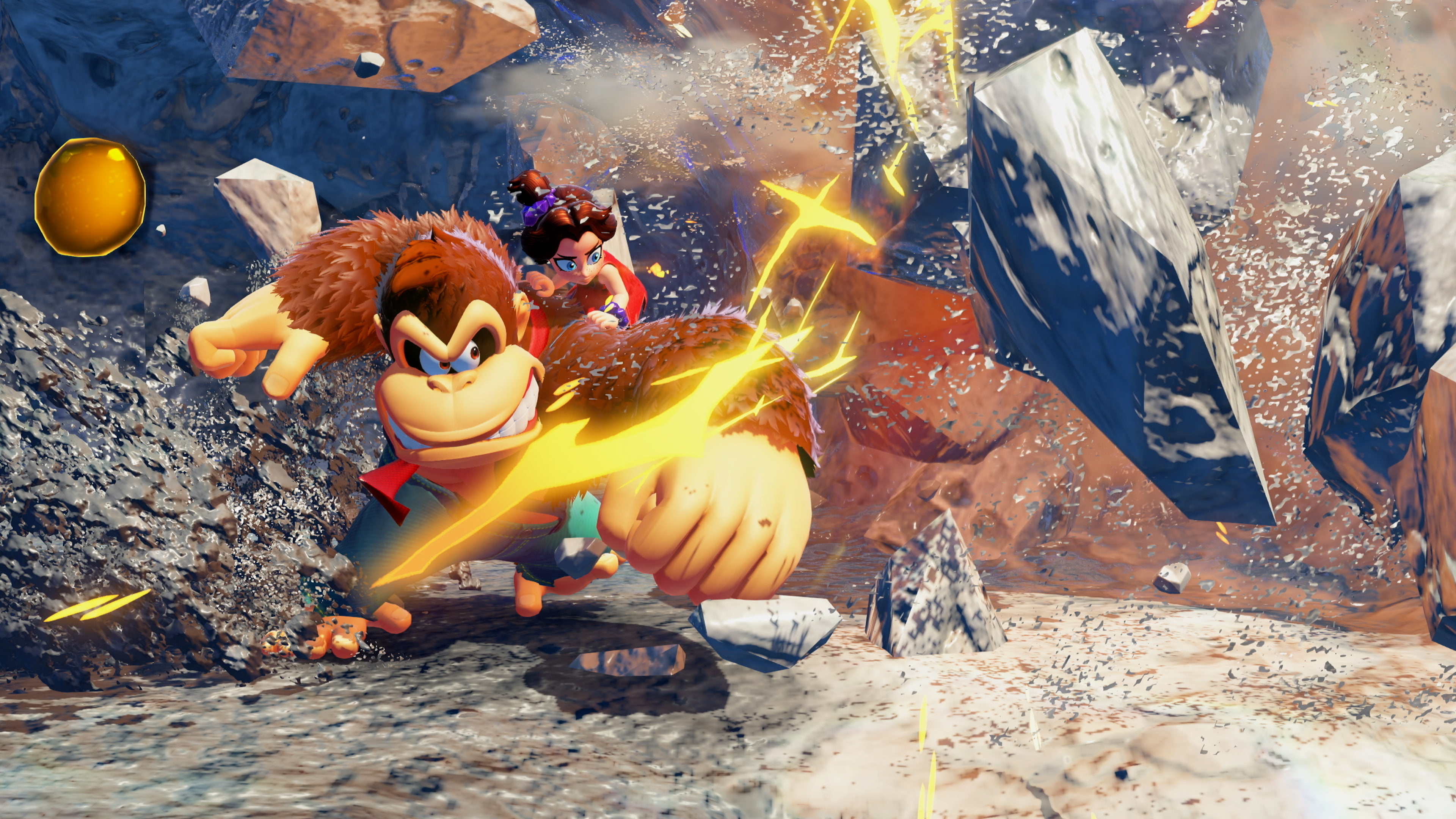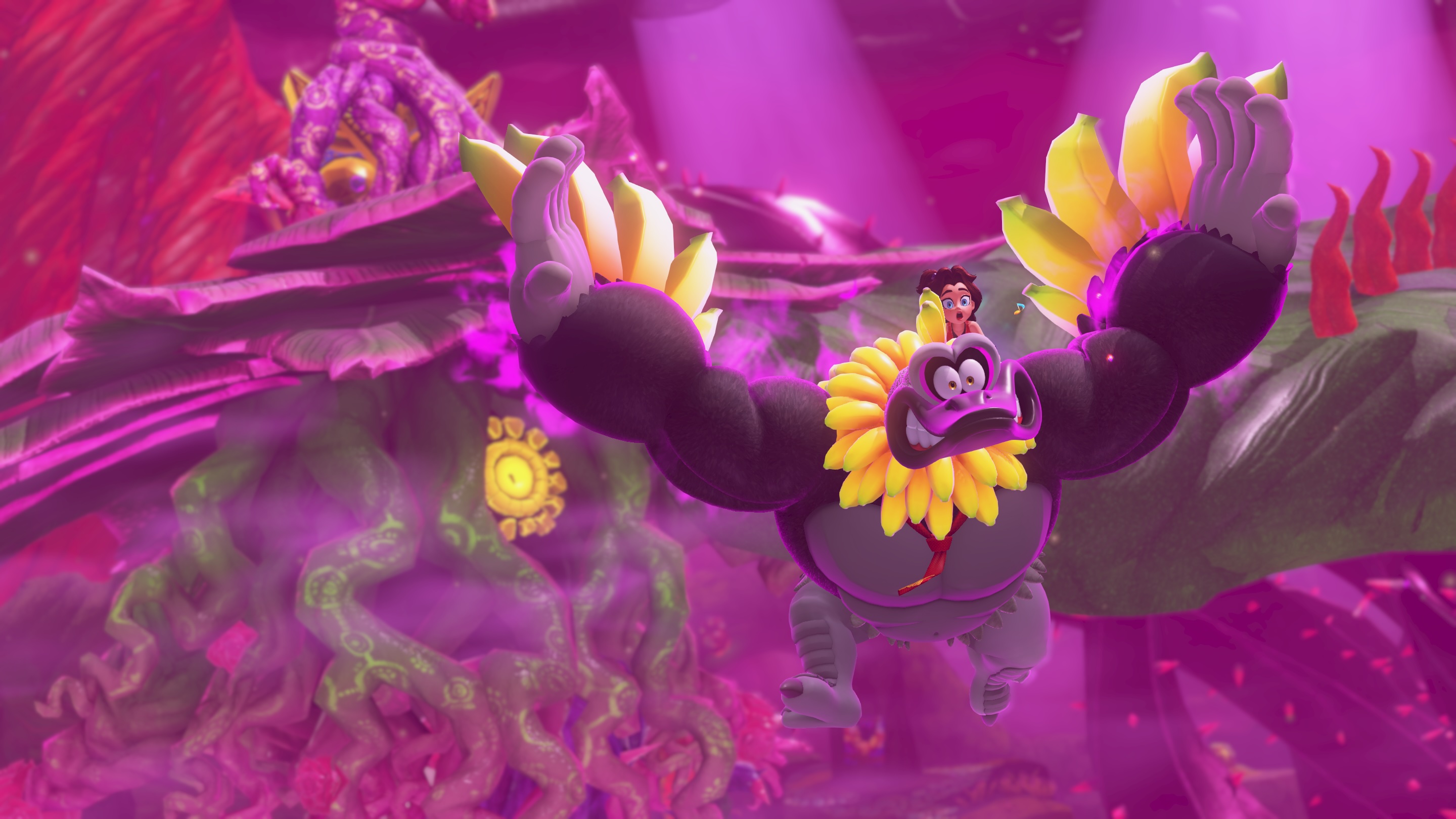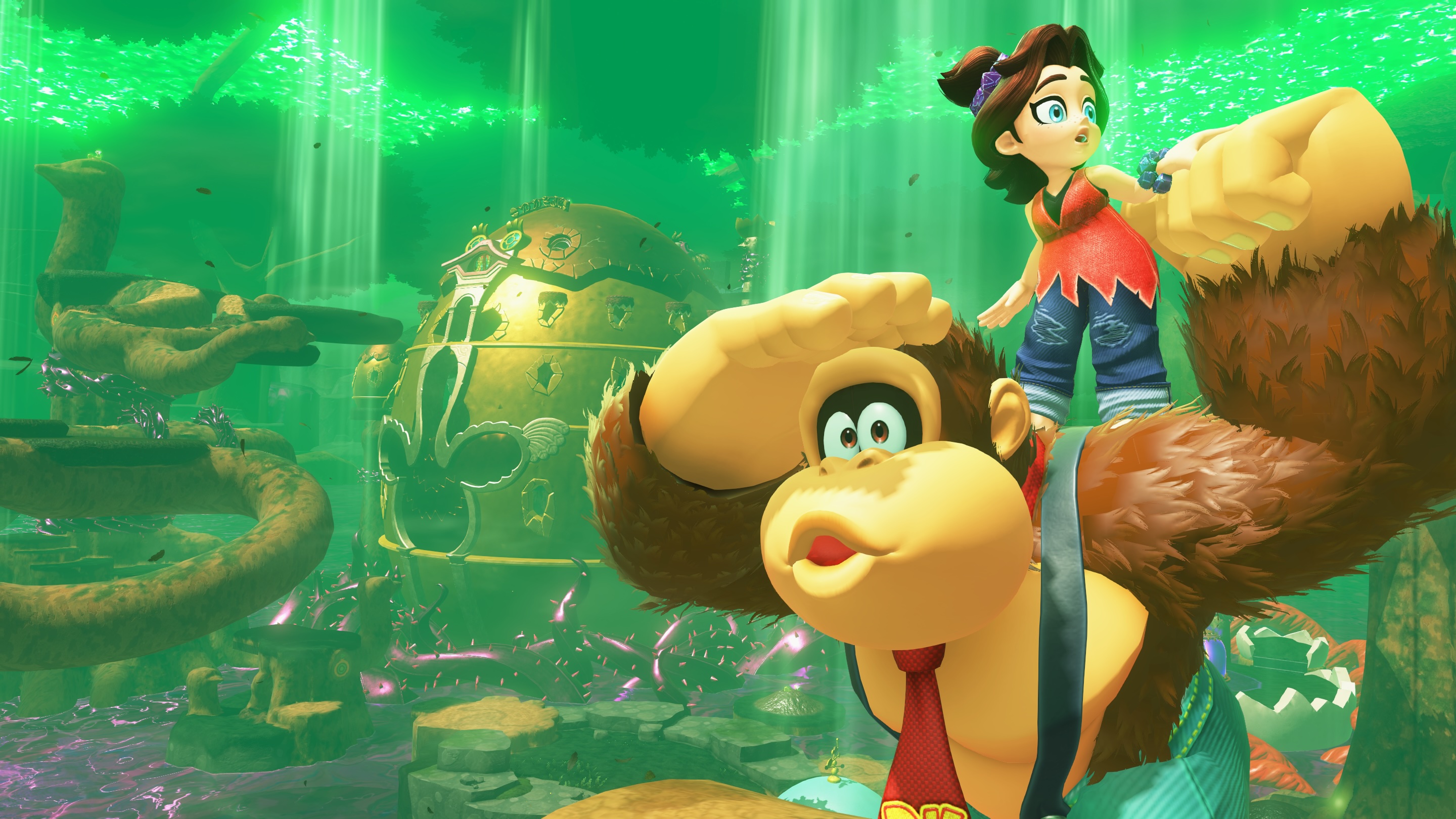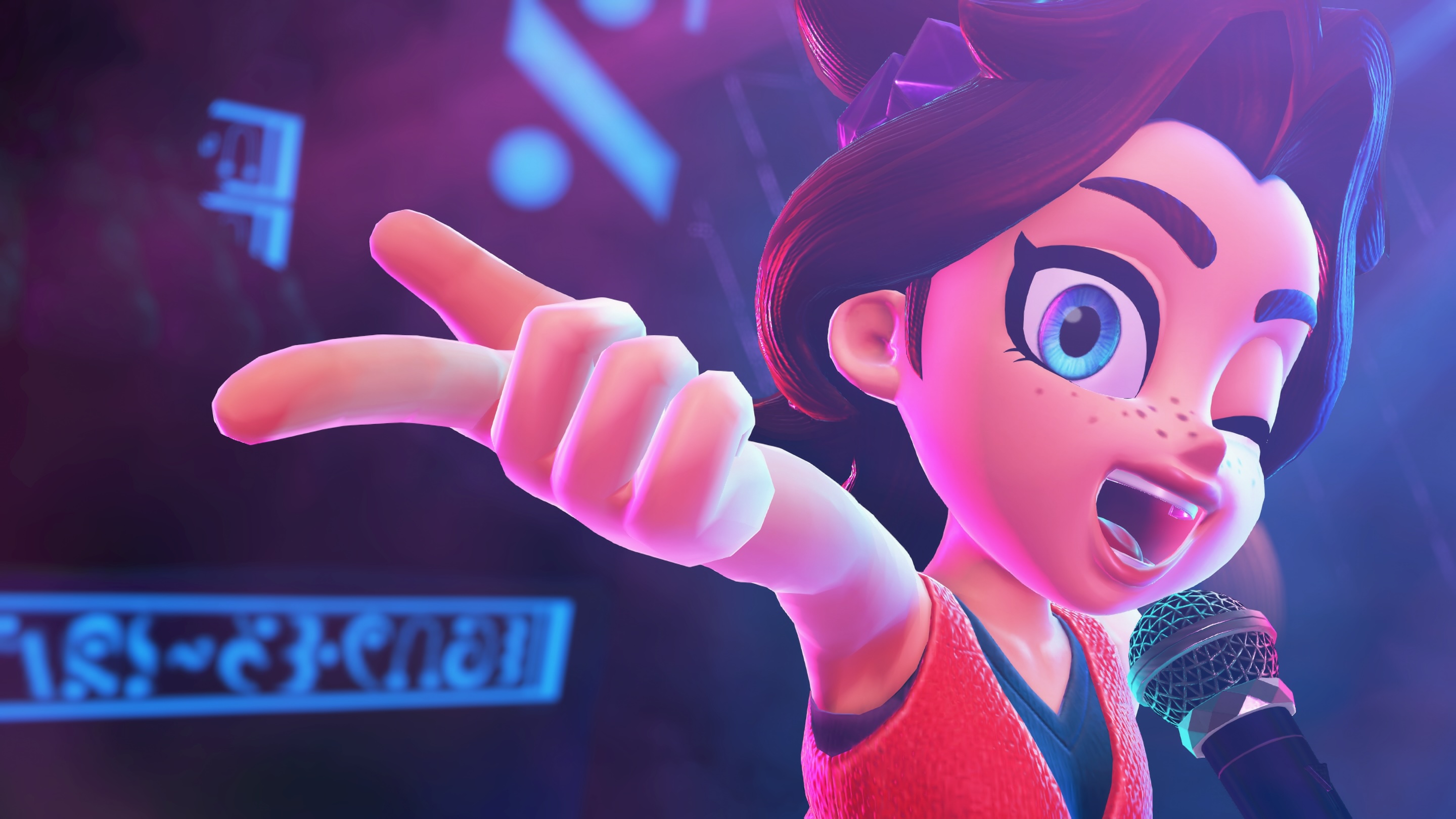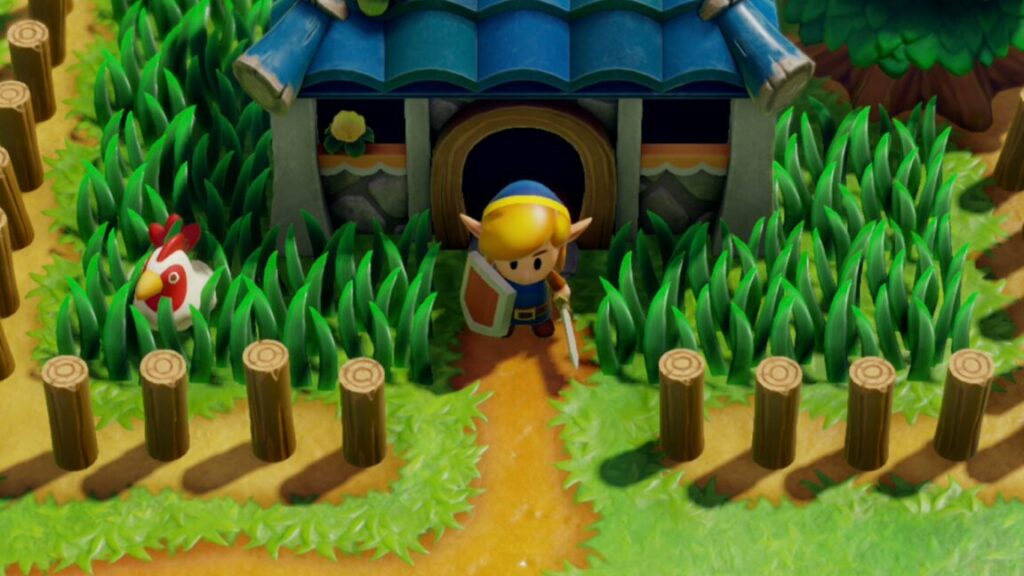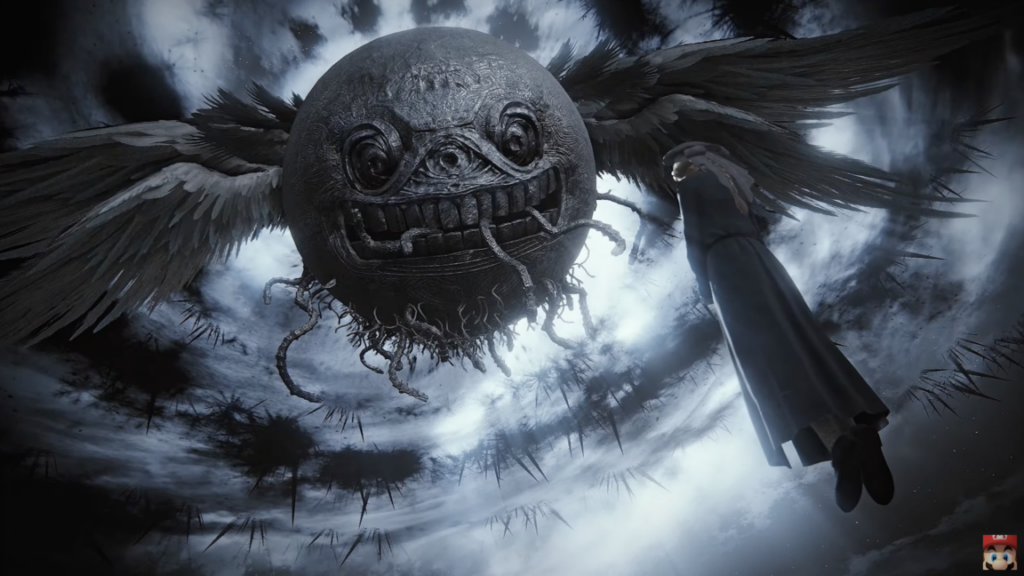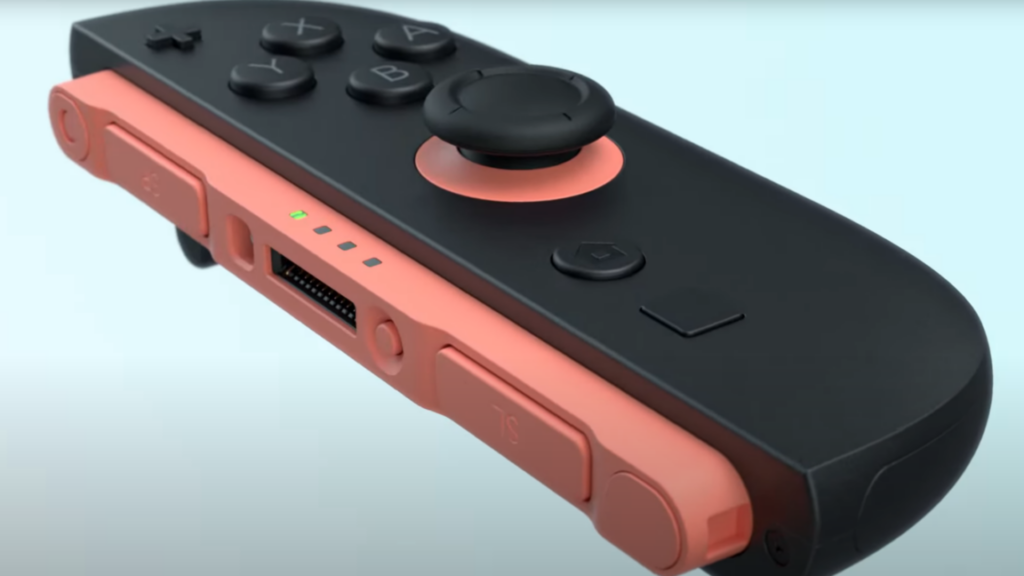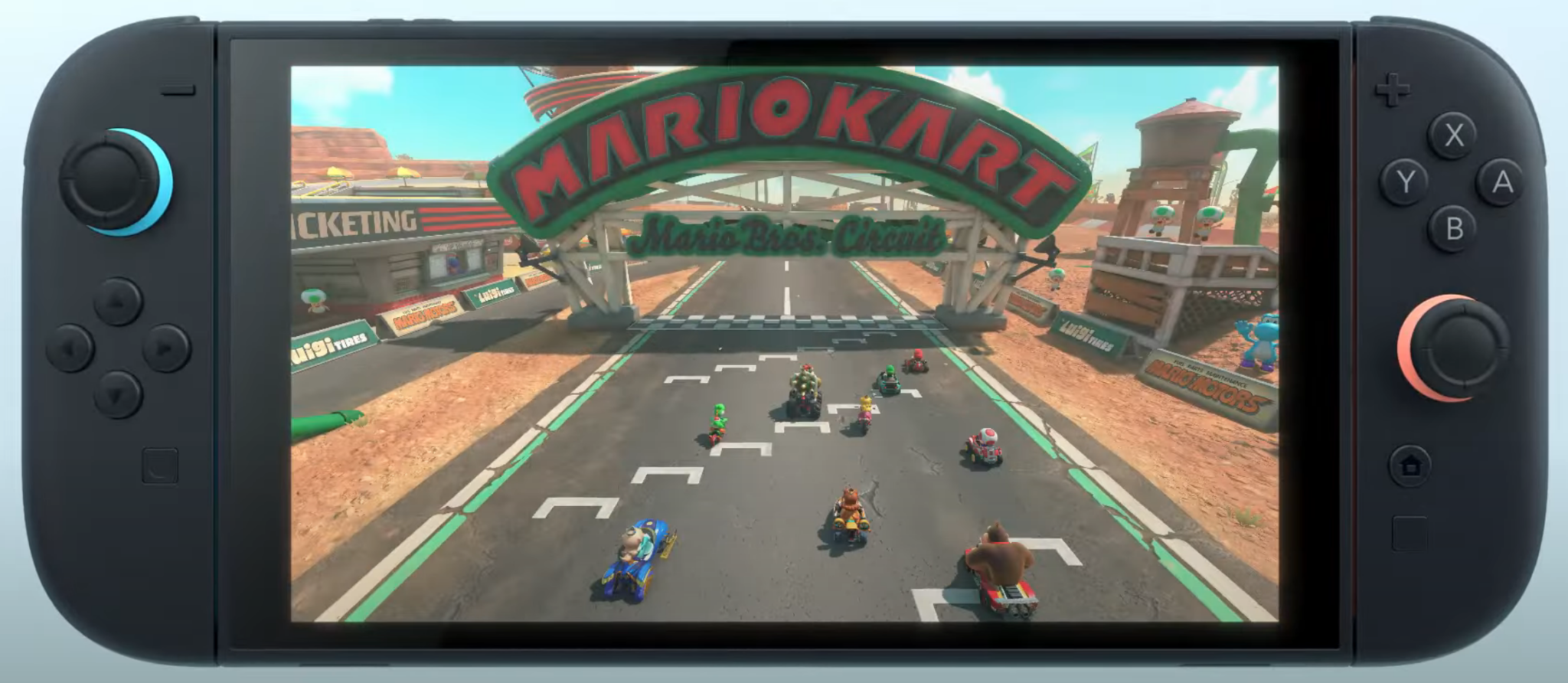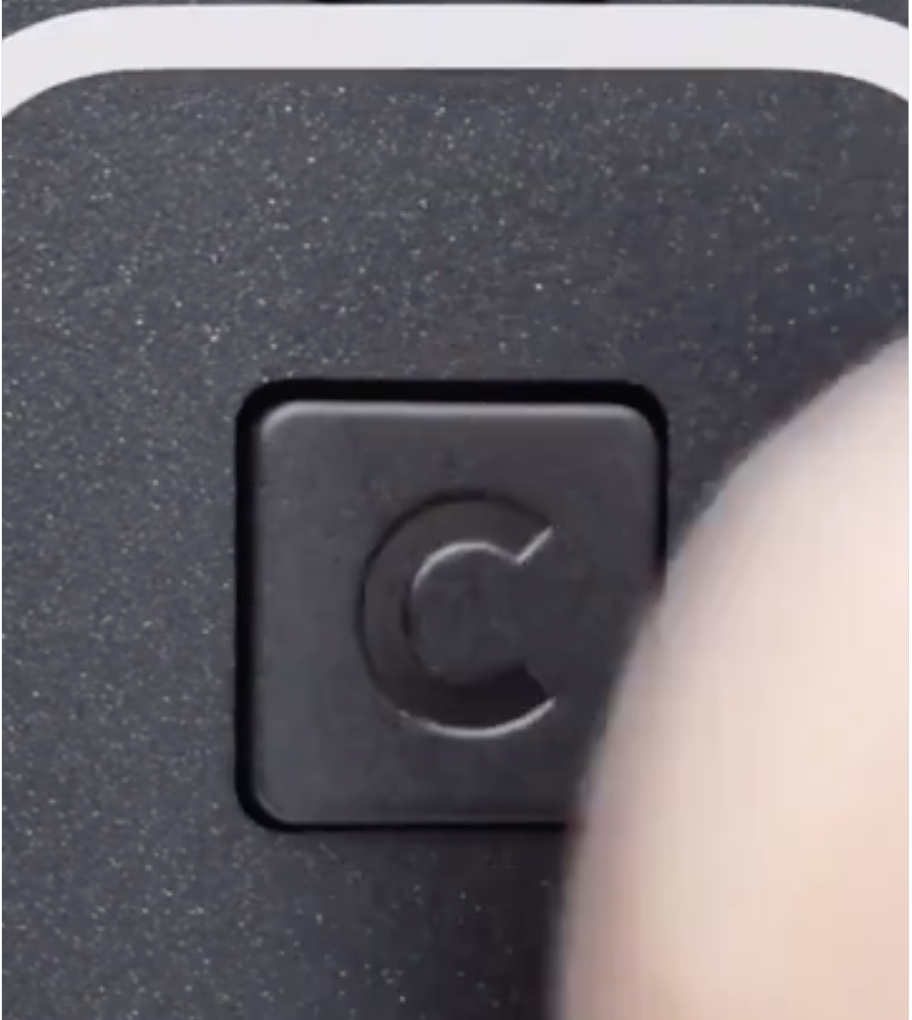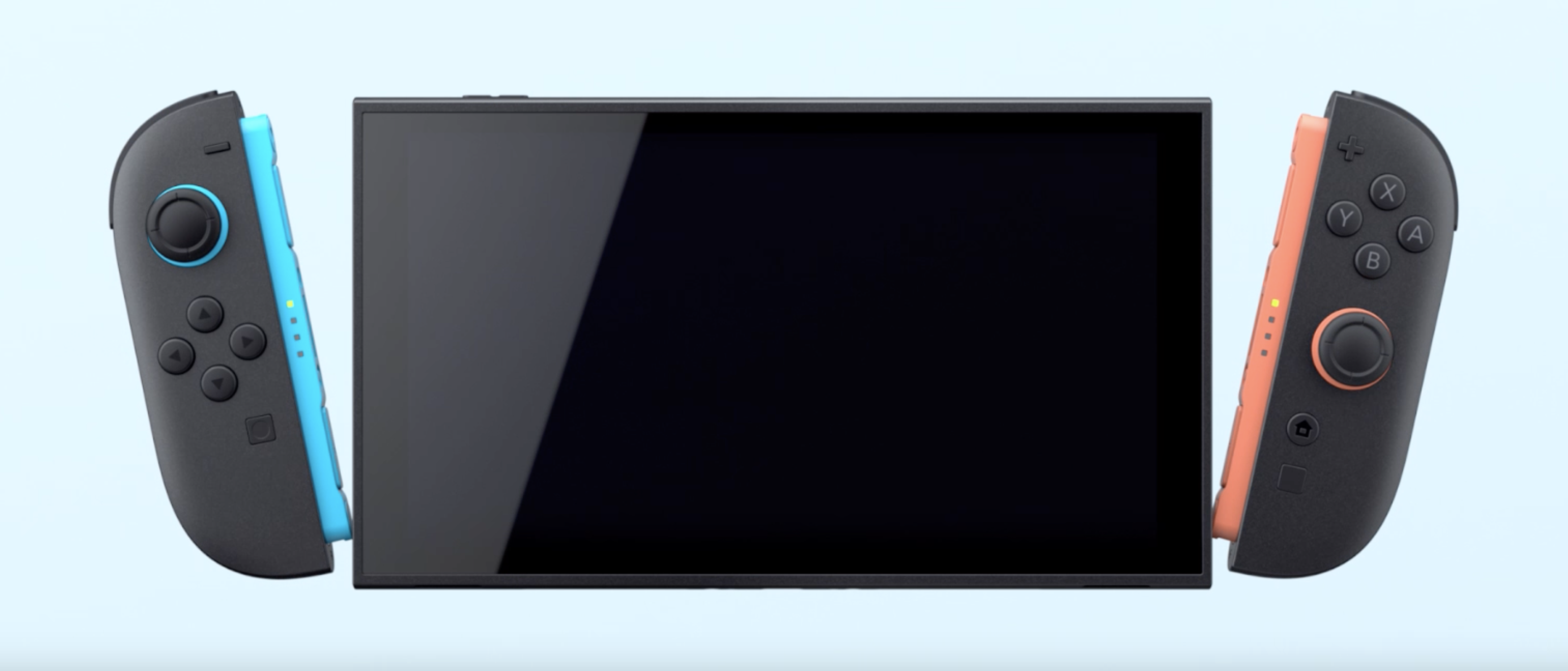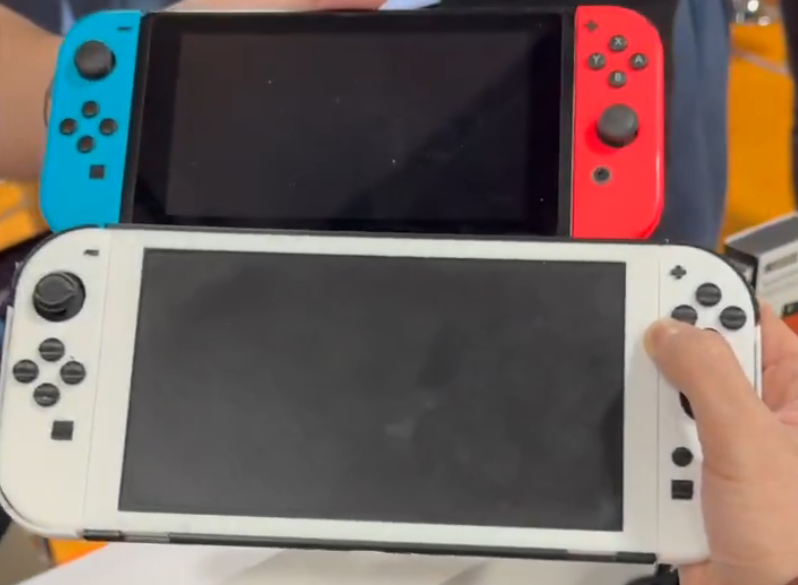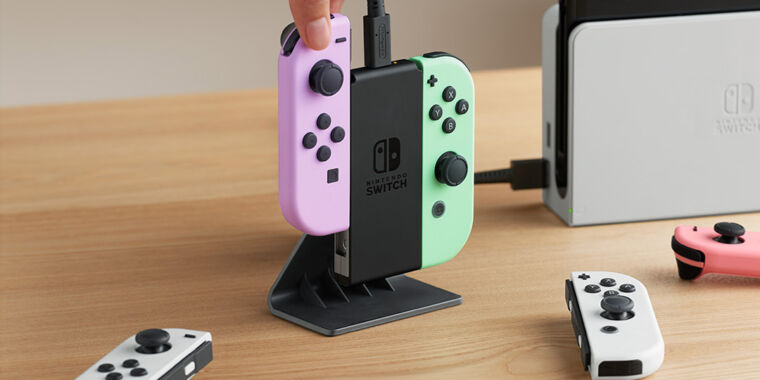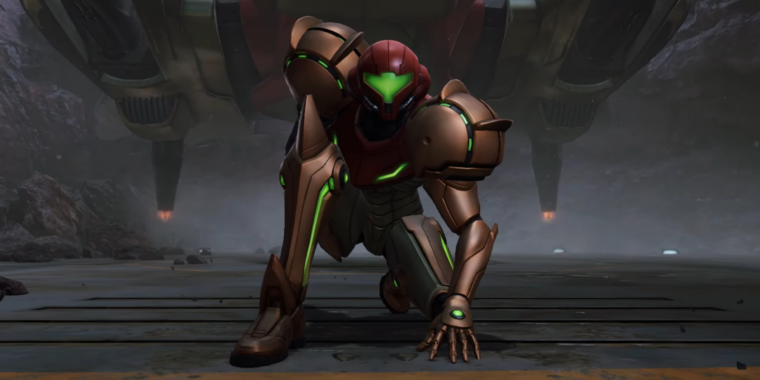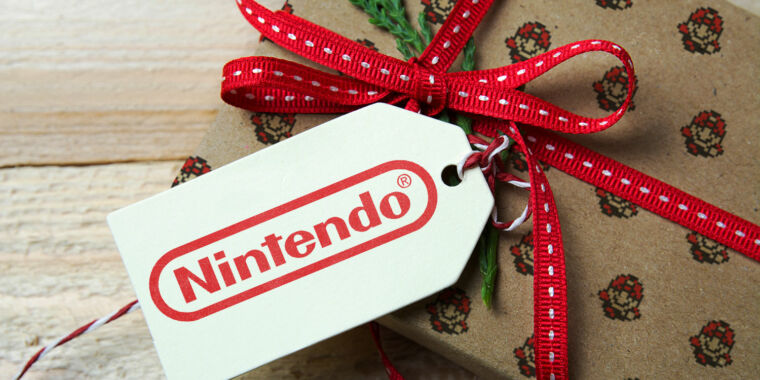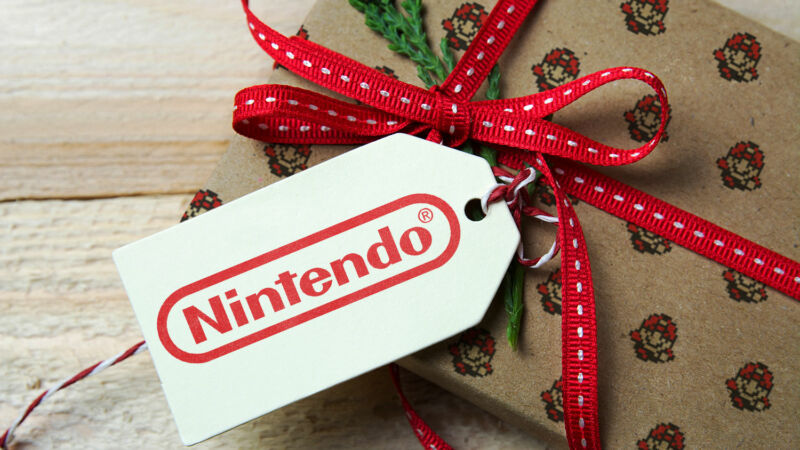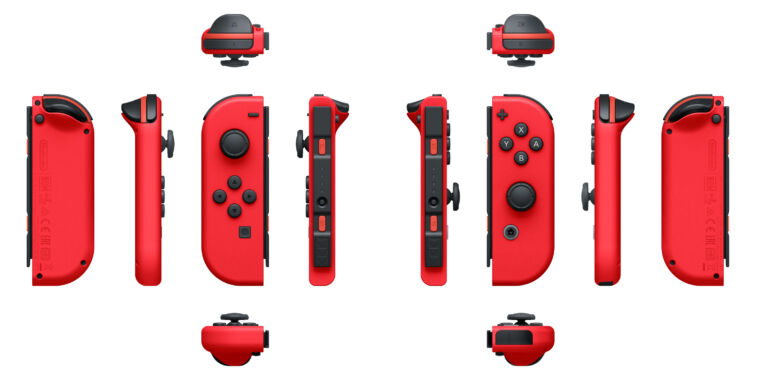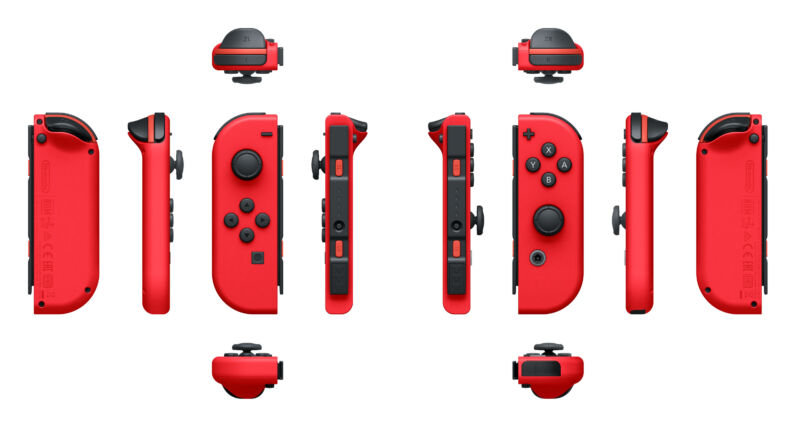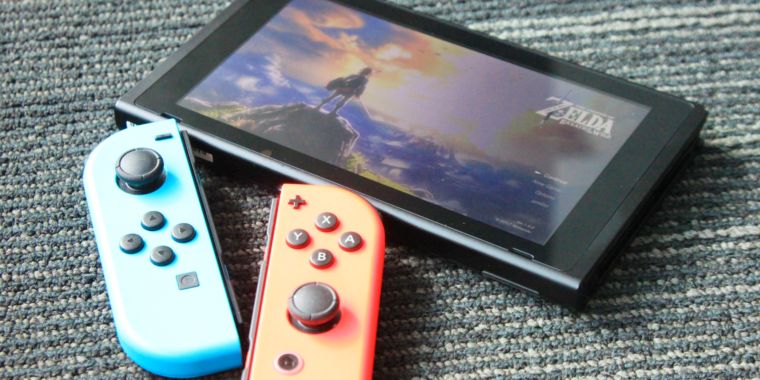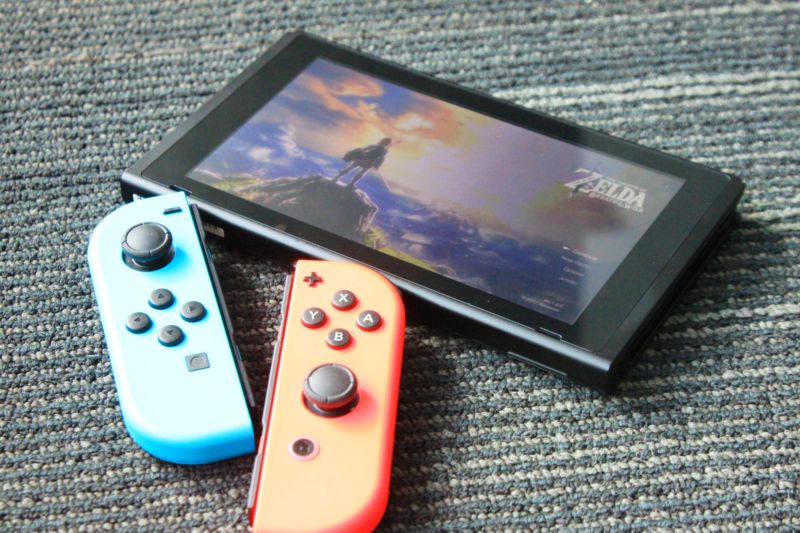Accessory maker will pay Nintendo after showing illicit Switch 2 mockups at CES
Nintendo also accused Genki of “extensive use of Nintendo trademarks” in association with their unlicensed products, a move that “exploit[ed] and appropriate[d] for [Genki] the public goodwill associated with… Nintendo Switch marks.”
The Switch 2 mockup Genki showed in a CES video ended up matching very closely with the final console as released. Credit: Genki
The lawsuit also dealt in part with conflicting reports that Genki may have had “unauthorized, illegal early access to the Nintendo Switch 2,” as Nintendo put it. Media reports around CES quoted Genki representatives asserting that their 3D-printed case mockup was based on early access to a real Switch 2 console. But the company later publicly backtracked, writing on social media that “we do not own or possess a black market console, as some outlets have suggested.”
In their settlement, Nintendo and Genki simply note that “Genki represents and attests that it didn’t obtain any unreleased Nintendo property or documents before the system’s official reveal.”
The public settlement document doesn’t go into detail on the confidential “payment in an agreed-upon amount” that Genki will make to Nintendo to put this matter to rest. But the settlement outlines how Genki is barred from referencing Nintendo trademarks or even parody names like “Glitch” and “Glitch 2” in its future marketing. Under the settlement, packaging for Genki accessories also has to “make clear to consumers Genki’s status as an unlicensed accessory manufacturer” and not mimic the color scheme of official Switch 2 hardware.
Accessory maker will pay Nintendo after showing illicit Switch 2 mockups at CES Read More »
